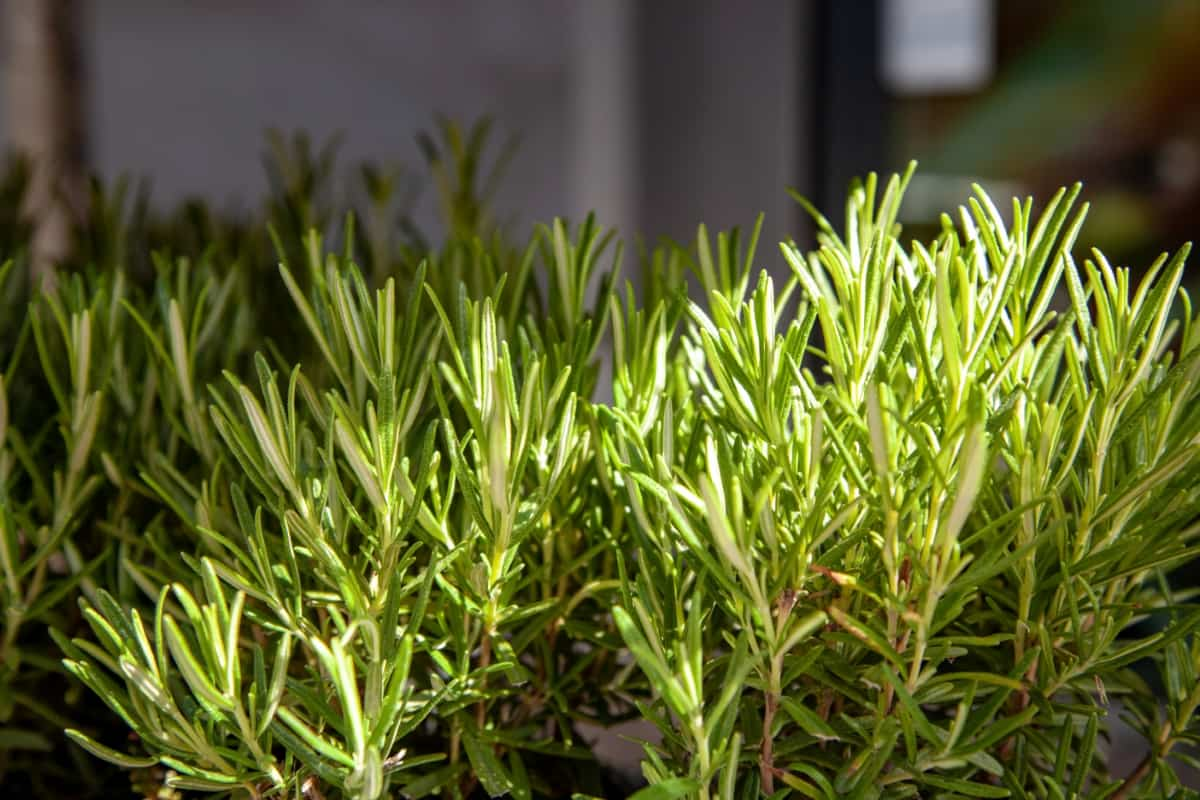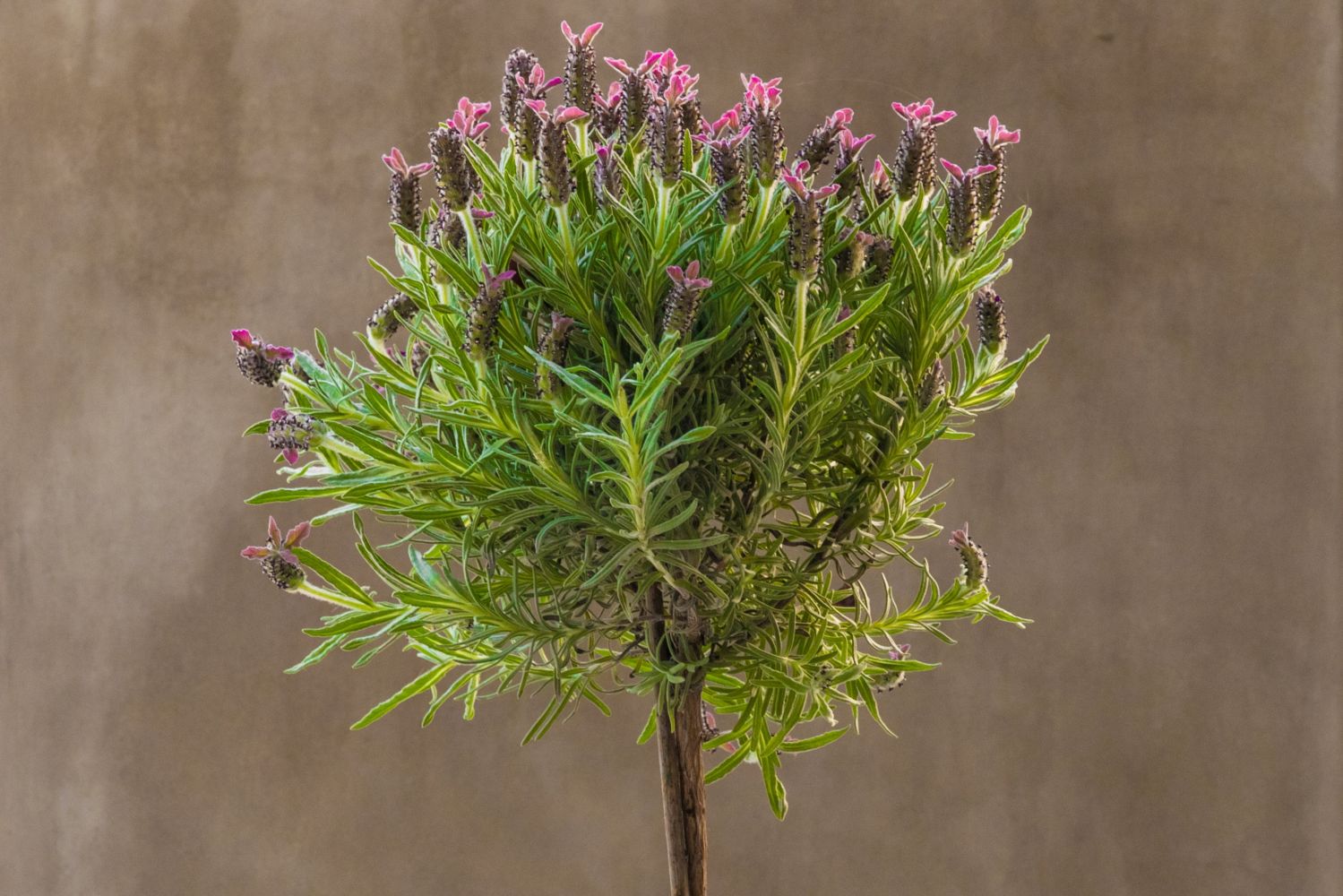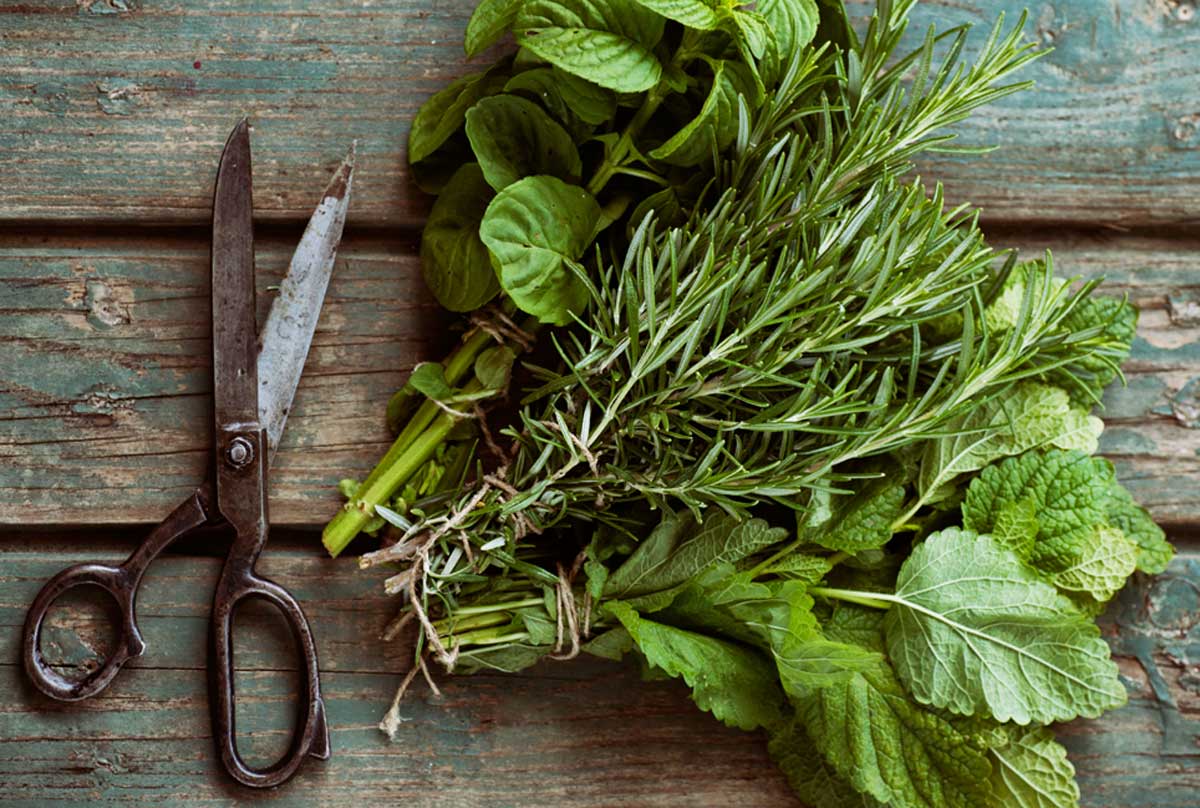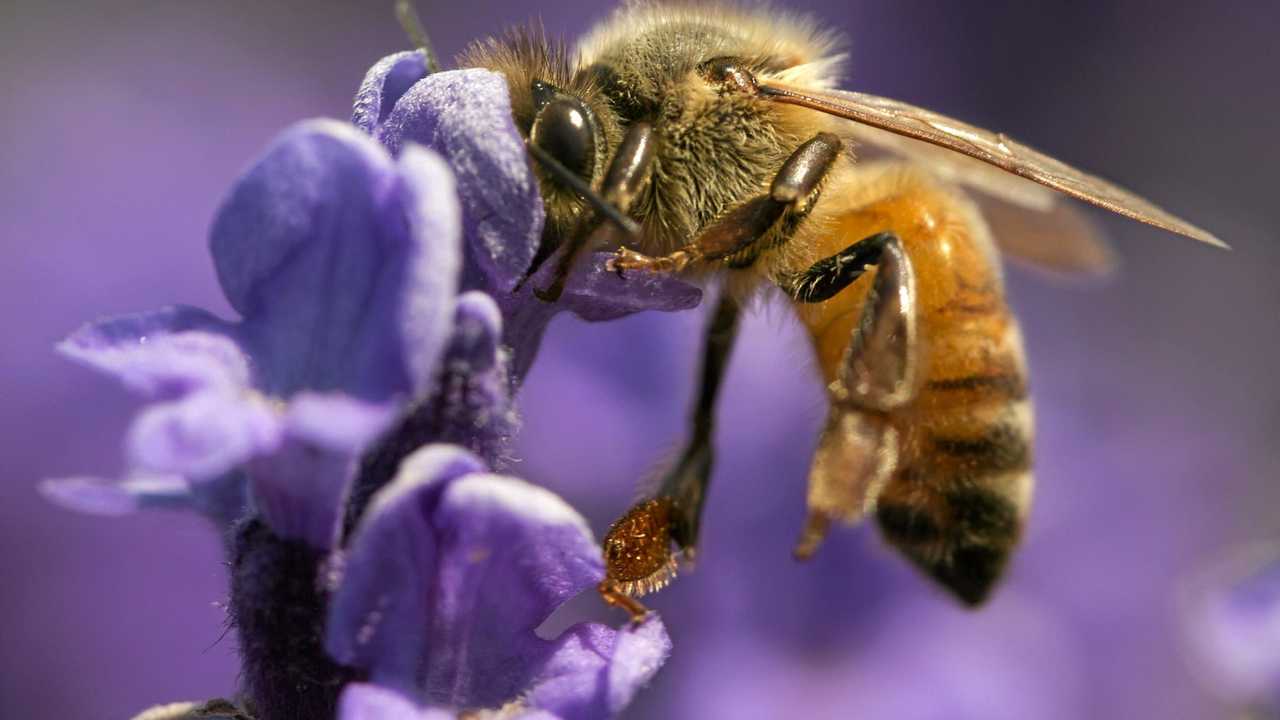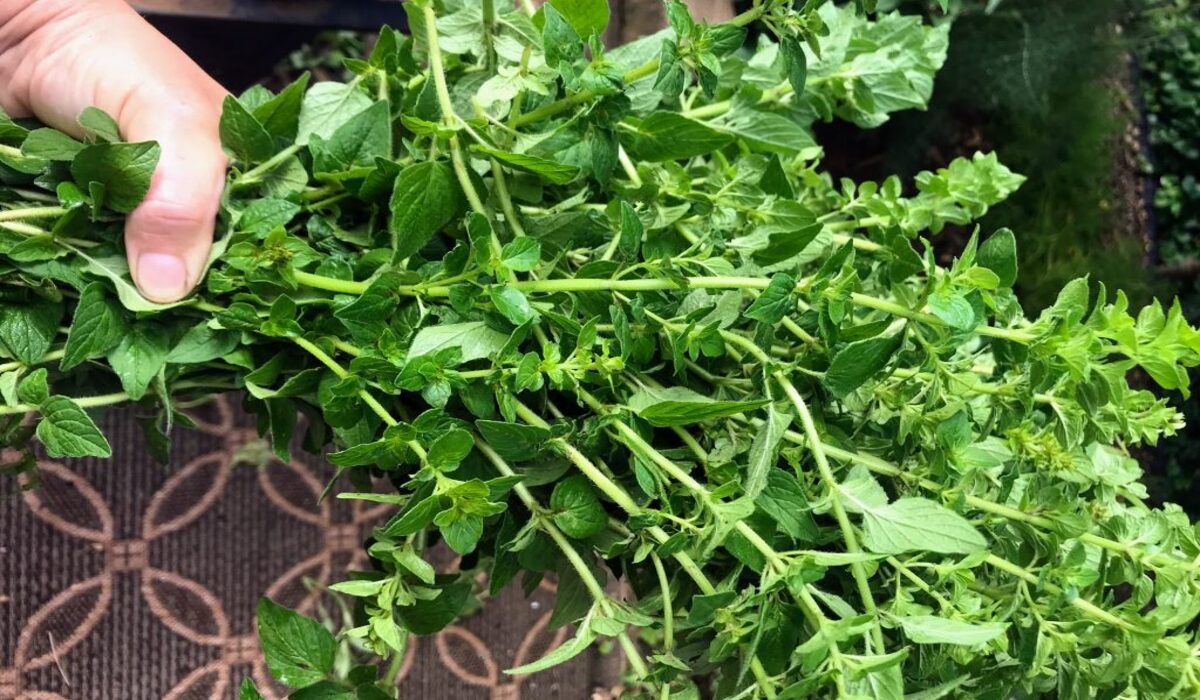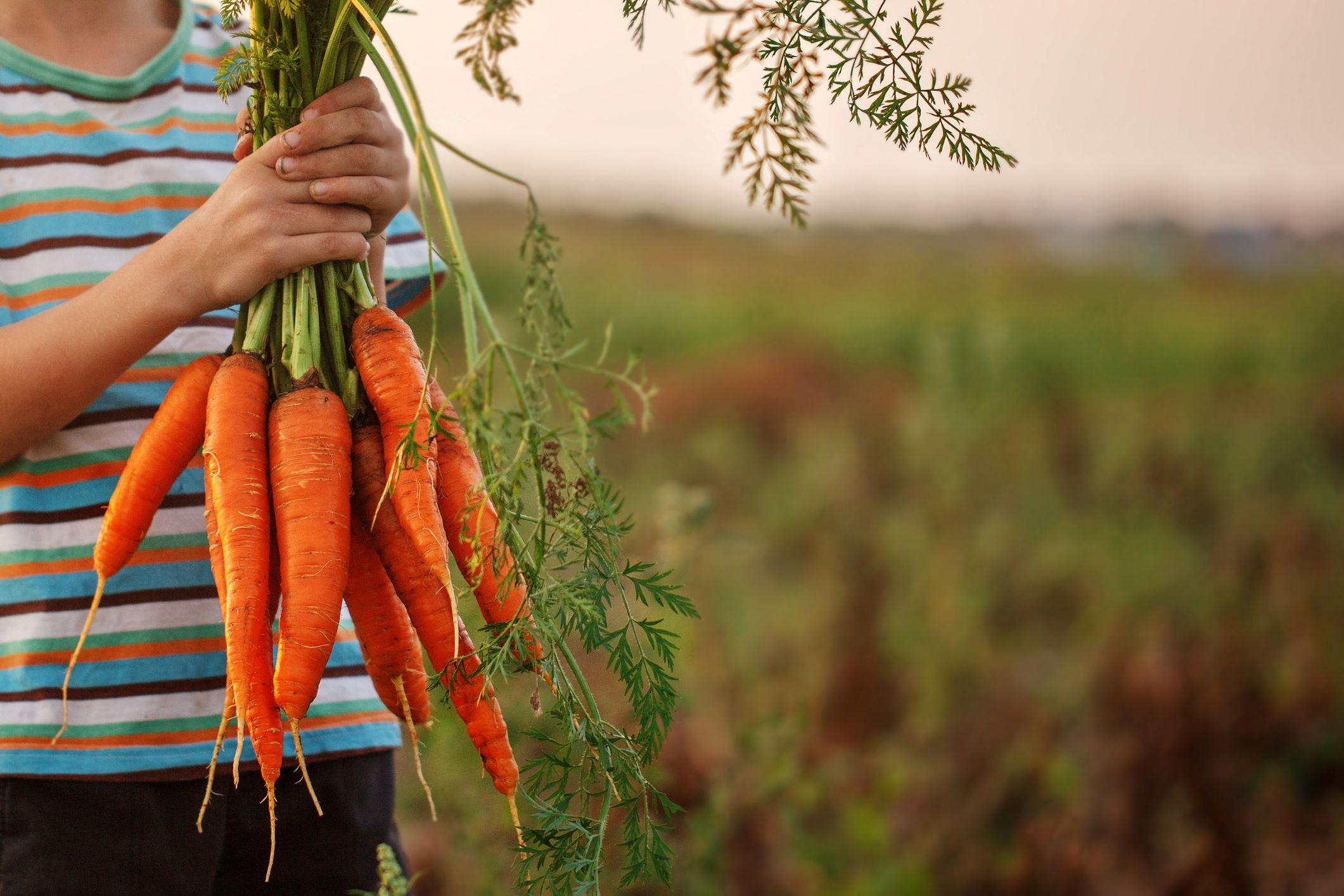Home>Types of Gardening>Ornamental Gardening>How To Harvest Lavender Seeds
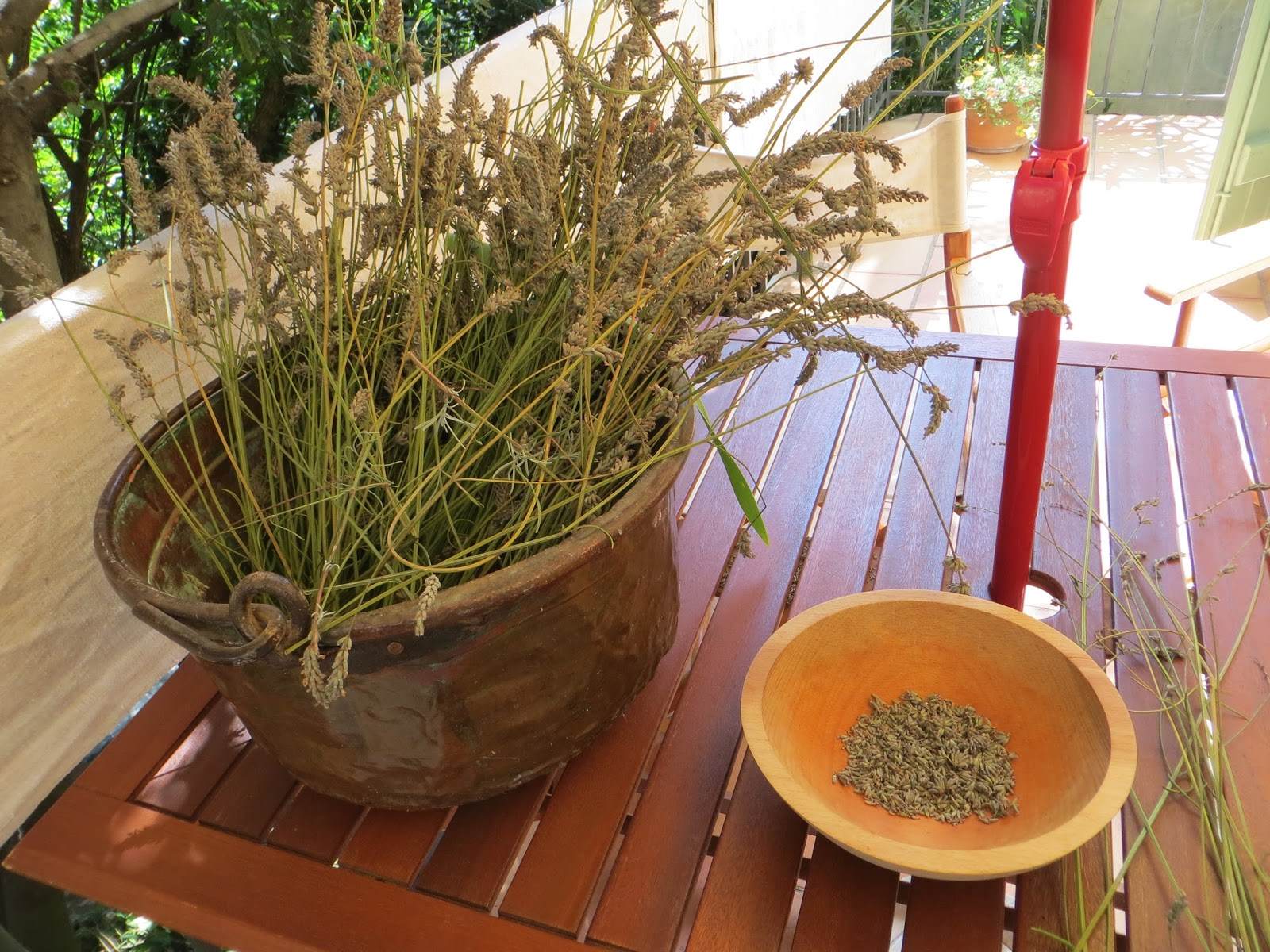

Ornamental Gardening
How To Harvest Lavender Seeds
Modified: January 22, 2024
Learn how to harvest lavender seeds in your own backyard with this comprehensive guide. Explore the art of ornamental gardening and enjoy the beauty of lavender year-round.
(Many of the links in this article redirect to a specific reviewed product. Your purchase of these products through affiliate links helps to generate commission for Chicagolandgardening.com, at no extra cost. Learn more)
Table of Contents
Introduction
Welcome to the world of ornamental gardening, where the beauty of nature meets the artistry of design. Within this realm, one plant that consistently captivates garden enthusiasts is the lavender plant. With its aromatic fragrance and delicate purple blossoms, lavender adds a touch of elegance and tranquility to any garden or landscape.
While many gardeners enjoy growing lavender for its stunning flowers and soothing scent, some may also be interested in harvesting lavender seeds for various purposes. Whether you’re looking to propagate new plants, create homemade lavender products, or simply preserve the essence of this beloved herb, learning how to harvest lavender seeds is a valuable skill to possess.
In this article, we will guide you through the process of harvesting lavender seeds, from understanding the anatomy of the seeds to gathering the necessary supplies and providing a step-by-step guide for successful seed collection. We’ll also cover essential tips for ensuring your lavender seeds are clean, properly stored, and primed for future germination.
So, if you’re ready to embark on a journey into the world of lavender seed harvesting, let’s delve deeper into the fascinating realm of ornamental gardening and discover the secrets of this remarkable plant.
Understanding Lavender Seeds
Before we dive into the process of harvesting lavender seeds, it’s essential to understand the anatomy and behavior of these tiny botanical treasures. Lavender seeds are small, brownish-black, and typically elongated in shape, resembling tiny grains of rice.
Unlike some plants that produce seeds within fruit or pods, lavender seeds are enclosed within a dried flower head. Each flower head contains multiple seeds, making it a rich source for future plant propagation.
It’s worth noting that lavender seeds have a relatively low germination rate, which means not all seeds will successfully sprout into new plants. However, with proper care and attention, you can significantly increase your chances of successful germination.
In addition to understanding the physical characteristics of lavender seeds, it’s important to know that this plant exhibits a phenomenon called cross-pollination. Lavender can be pollinated by insects or the wind, which means that the resulting seeds may not be true to the parent plant’s characteristics.
For those interested in preserving specific lavender varieties, it’s crucial to isolate different varieties from each other to prevent cross-pollination. This can be done by creating physical barriers or timing the flowering period so that different varieties do not overlap.
Now that we have a foundation of knowledge about lavender seeds, let’s explore the ideal time for harvesting these precious seeds in the next section.
When to Harvest Lavender Seeds
The timing of lavender seed harvest is crucial to ensure optimal seed viability. It’s essential to wait until the lavender flower heads have fully dried on the plant before attempting to collect the seeds.
Typically, lavender plants will flower during the summer months, and it may take a few weeks for the flowers to fully mature and dry. Patience is key during this stage, as premature harvesting can result in immature seeds that are not viable for germination.
One way to determine if the lavender flower heads are ready for seed harvest is to gently shake them. If you hear a rattling sound, it indicates that the seeds have begun to dry and are ready for collection.
In addition to the sound test, visually inspect the flower heads for signs of dryness. The flowers should appear brown and crispy, with petals that easily fall off when touched. Avoid harvesting any lavender seeds from flowers that still have green or pliable petals.
It’s important to note that different lavender varieties may have slightly different flowering and drying times. Therefore, it’s advisable to observe your specific lavender plants closely and determine the ideal harvest time based on their development.
Now that we have a clear understanding of when to harvest lavender seeds, let’s move on to the next section, where we’ll gather the necessary supplies for successful seed collection.
Gathering the Necessary Supplies
Before embarking on the lavender seed harvesting journey, it’s important to gather the essential supplies that will aid in a smooth and successful process. Here are some supplies you’ll need:
- Gloves: As some lavender varieties have small spiky flowers, wearing gloves will protect your hands from potential pricks and scratches.
- Pruning Shears or Scissors: These tools are necessary for cutting the dried flower heads from the lavender plants.
- Brown Paper Bags or Envelopes: These will serve as the collection vessels for the harvested lavender flower heads, allowing them to further dry and release their seeds.
- Clean Tray or Cloth: To place under the drying flower heads to catch any loose seeds during the harvesting process.
- Marker or Label: It’s essential to label the collection bags or envelopes with the lavender variety and the harvest date for future reference.
- Storage Container: Once the seeds have been cleaned and sorted, you’ll need a suitable container to store them until you’re ready to use or propagate them.
By gathering these supplies ahead of time, you’ll be well-prepared to begin the lavender seed harvesting process without any unnecessary delays or interruptions. Now, let’s move on to the next section, where we’ll provide a step-by-step guide to harvesting lavender seeds.
Step-by-Step Guide to Harvesting Lavender Seeds
Now that you have all the necessary supplies ready, let’s dive into the step-by-step process of harvesting lavender seeds:
- Choose the Right Time: Wait until the lavender flower heads have fully dried on the plant. Shake the flower heads gently, and if you hear a rattling sound, it indicates that the seeds are dry and ready for harvest.
- Put on Gloves: Protect your hands by wearing gloves, especially if the lavender variety has spiky flowers.
- Cut the Flower Heads: Using pruning shears or scissors, cut the dried flower heads from the lavender plants, leaving a small stem attached to each flower head.
- Collect in Paper Bags or Envelopes: Place the harvested flower heads in brown paper bags or envelopes. Ensure that the bags or envelopes are labeled with the variety and harvest date.
- Allow for Further Drying: Place the paper bags or envelopes in a dry and well-ventilated area. Let them sit for a couple of weeks to allow the flower heads to fully dry and release the seeds.
- Separate the Seeds: After the flower heads have dried, gently rub them between your hands or over a clean tray or cloth, allowing the seeds to separate from the dried flower heads.
- Clean the Seeds: Remove any debris or chaff from the seeds by using a fine mesh sieve or by gently blowing on them.
- Store the Seeds: Once the seeds are clean, transfer them to a suitable storage container, such as a glass jar or an airtight bag, and store them in a cool, dry place until you’re ready to use or propagate them.
Following these steps will ensure that you properly harvest and collect lavender seeds for your future gardening endeavors. In the next section, we’ll cover the important task of cleaning and storing the harvested lavender seeds to maintain their viability and freshness.
Cleaning and Storing Lavender Seeds
After the lavender seeds have been harvested, it’s crucial to clean and store them properly to maintain their viability and quality. Here are the steps to clean and store lavender seeds:
- Remove Debris: Start by removing any remaining debris or chaff from the seeds. Use a fine mesh sieve or gently blow on the seeds to separate them from any unwanted material.
- Dry the Seeds: Spread out the cleaned seeds on a clean tray or cloth, allowing them to air dry for a few days. Make sure they are completely dry before proceeding to the next step.
- Store in a Cool and Dry Place: Transfer the dried seeds to a suitable storage container, such as a glass jar or an airtight bag. Place them in a cool, dry location away from direct sunlight and moisture.
- Label the Container: Label the storage container with the lavender variety and the harvest date. This information will be valuable when you eventually use or propagate the seeds.
- Check for Viability: Periodically check the stored seeds for their viability by performing a germination test. Moisten a paper towel, place a few seeds on it, and keep it in a warm location. After a couple of weeks, assess how many seeds have sprouted to determine their germination rate.
Proper cleaning and storage of lavender seeds will help prolong their shelf life and increase the chances of successful germination when you’re ready to use them. Now, let’s explore some additional tips to ensure successful lavender seed harvesting.
Tips for Successful Lavender Seed Harvesting
Harvesting lavender seeds can be a rewarding yet delicate process. To improve your chances of successful seed collection, here are some tips to keep in mind:
- Select the Right Varieties: Choose lavender varieties that are known for their seed production and desired characteristics. Research different varieties and choose those that align with your goals.
- Isolate Varieties: To preserve specific lavender varieties, isolate different varieties from each other to prevent cross-pollination. This can be achieved by creating physical barriers or carefully timing the flowering period for different varieties.
- Timing is Key: Harvest lavender seeds when the flower heads have fully dried on the plant. Avoid premature harvesting, as it can result in immature and non-viable seeds.
- Be Gentle: Handle the dried flower heads and seeds with care. Avoid crushing or damaging the delicate seeds during the harvesting and cleaning process.
- Dry Thoroughly: Ensure that the harvested flower heads are fully dry before separating the seeds. Moisture can lead to mold or rot, diminishing the seed’s viability.
- Label Everything: Properly label the storage containers with the lavender variety and harvest date. This information will be valuable in the future when you want to identify or use the seeds.
- Monitor Seed Viability: Periodically check the stored seeds for their viability by performing germination tests. This will help you assess the seed’s quality and adjust your harvesting or storage techniques if necessary.
- Experiment and Learn: Don’t be afraid to experiment with different lavender varieties and harvesting techniques. Each season and garden can present unique conditions, so embrace the opportunity to learn and improve your lavender seed harvesting skills.
By following these tips, you’ll be well-equipped to successfully harvest and preserve lavender seeds for future use. Now, let’s conclude our exploration of lavender seed harvesting.
Conclusion
Congratulations! You’ve now learned how to harvest lavender seeds like a seasoned gardener. By understanding the anatomy and behavior of lavender seeds, knowing the ideal time for harvest, gathering the necessary supplies, and following a step-by-step process, you can successfully collect and store lavender seeds for future use.
Remember to be patient during the drying process, as it is essential to wait until the flower heads have fully dried on the plant before harvesting. Take care when handling the delicate seeds and use proper tools, such as gloves and pruning shears or scissors, to ensure a smooth harvesting experience.
After the seeds have been collected, take the time to clean them thoroughly and store them in a cool, dry place. Proper storage and labeling are key to maintaining their viability and keeping track of the lavender variety and harvest date.
Additionally, implementing the tips we provided, such as selecting the right lavender varieties, isolating different varieties to prevent cross-pollination, and periodically checking seed viability, will enhance your overall lavender seed harvesting success.
Remember, the journey of ornamental gardening is a continuous learning process. Don’t be afraid to experiment, adapt to the unique conditions of your garden, and enjoy the experience of nurturing and propagating these beautiful plants.
So, armed with your newfound knowledge, go forth and explore the wonderful world of lavender seed harvesting. Create your own lavender gardens, make homemade lavender products, or share the joy of growing lavender with others. The possibilities are endless, and the rewards are truly remarkable.
Happy harvesting!
